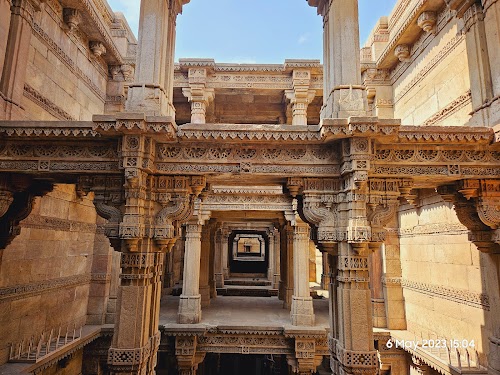
Adalaj Stepwell
Ahmedabad, India
- Capture photographs of the architecture
- Descend the stepwell levels
- Explore the intricate carvings
- Learn about the well's history
Known for:
Description:
Adalaj Stepwell, a stunning example of Indo-Islamic architecture, is a multi-story well that was once a vital source of water and a place of social gathering. Its intricate carvings, detailed sculptures, and geometric patterns make it a visual delight. The stepwell's unique design allows visitors to descend several stories to reach the water level, providing a cool respite from the heat. The structure showcases a blend of Hindu and Islamic artistic styles, reflecting the cultural synthesis of the region. It's not just a water storage facility; it's a historical marvel that offers a glimpse into the past.
History:
The Adalaj Stepwell was built in 1499 by Queen Rudadevi, the wife of Vaghela chief, Veer Singh. It was commissioned after the death of her husband to provide water and a place of rest for travelers. The stepwell is a fine example of how the region's architecture blended Hindu and Islamic styles. The structure was built with a combination of sandstone and intricate carvings, reflecting the artistry of the period. The stepwell also served as a social space for the villagers. The well is a testament to the ingenuity of water management in ancient India and the cultural history of the region.